FEATURE: Getting ready for the craft beer revolution in Harborough!
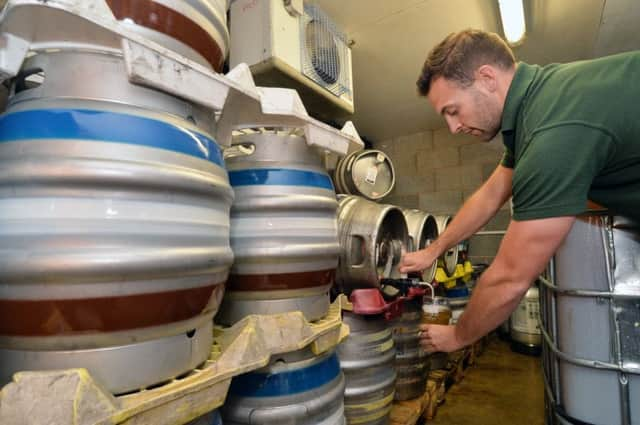

At the end of most Fridays at The Langton Brewery, they have a beer-tasting session.
Not their own beers - they taste those all week - but other people’s.
Advertisement
Advertisement
The Langton Brewery is already doing pretty well; selling 300 nine gallon barrels of beer a month, which is around £350,000 worth of beer a year.
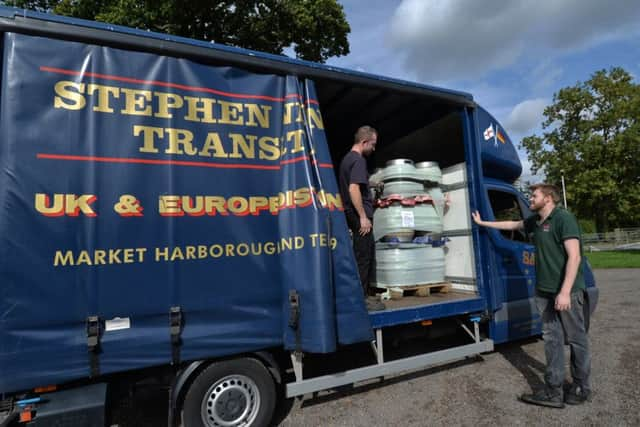

But the staff at the brewery, in a modern barn near Thorpe Langton, are not just tasting for fun (although clearly that comes into it).
They’re seeing what’s good that other brewers do, asking themselves if there are lessons they can learn and generally absorbing new tastes and new ideas for the “craft beer revolution” ahead.
Here’s the theory: The Langton Brewery - small, independent and traditional - epitomises the small-scale “craft brewery”.
Advertisement
Advertisement
Just for that extra craft beer points, it’s even down a quiet Harborough country lane, next to a field full of gently munching cattle.
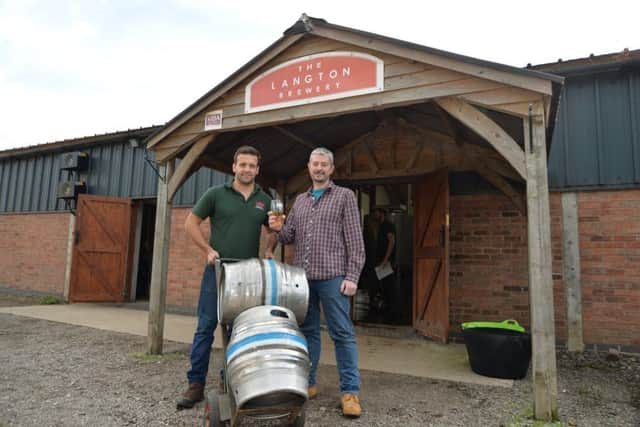

Now the craft beer market in the USA has just increased from five per cent to 25 per cent of beer sales in five years.
And where America leads, Europe often follows...
But it’s not just about small, local companies grabbing a bigger share, it’s also about a range of new flavours.
“There are a whole range of new beers coming out” says Sion Roberts, a new director at the brewery.
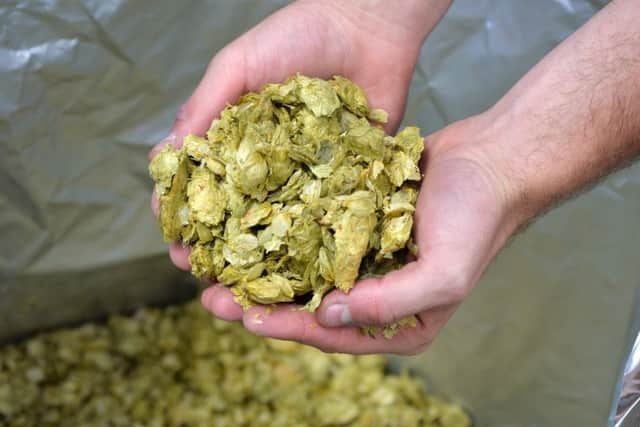

Advertisement
Advertisement
“Often it’s about the hops - different sorts of hops and at a different part of the beer-making cycle.
“Traditional English bitter has a very distinctive taste, but the newer beers have a malty taste, a fruity taste, and ‘bitter’ is just the wrong term for these products.”
That’s why a successful small brewery like The Langton Brewery, founded in 1999, is nevertheless changing three of its core beers.
They’ve kept Inclined Plane (an amber ale) and Bullseye Stout, and added Rainbow Bridge, a golden pale ale; Thomas Lifts, a premium bitter; and Union Wharf, a copper ale. There will also be a selection of limited edition beers through the year, said Sion.
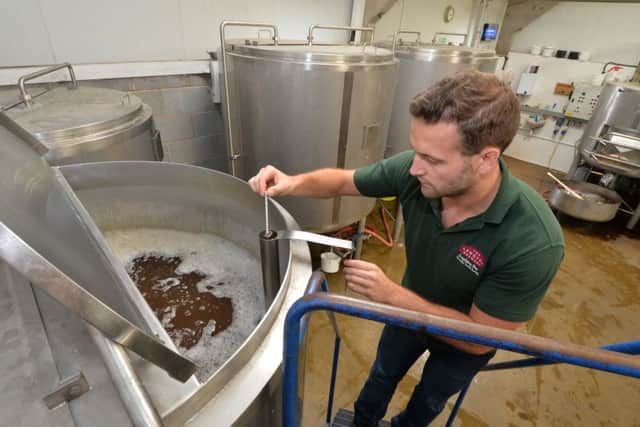

Advertisement
Advertisement
Photographer Andy Carpenter and I sample the Rainbow Bridge pale ale.
Ah, OK. I’ve not had a beer like this before. The smell - not usually a strong point for beer - is hoppy and delicious. The colour is pale gold. The taste is beer without the bitter; light and citrus-y.
And the hardest part of brewing all these new beers?
“Like any beer, the challenge is always consistency” says business development manager Lawrence Plant. “Beers get popular through word of mouth and our repetition.”
Beer is a precision drink. The malted barley is mixed with water treated to exactly mimic the ideal water found in brewing capital Burton-on-Trent in the 19th century.
Advertisement
Advertisement
It’s heated to exactly 66.6 degrees C to create a “mash”. After 75 minutes standing in the “mash tun”, the resultant sugary liquid, now called wort, is pumped into the copper.
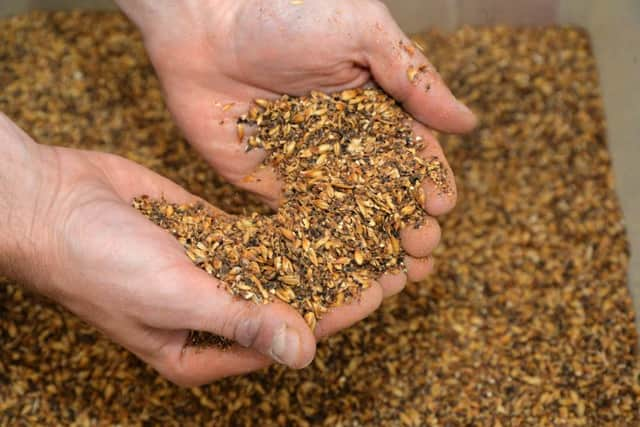

That’s all boiled for precisely 60 minutes, when the hops are added, giving different flavours and aromas, depending when they’re added.
The cooled wort will be pumped into a fermenting vessel, where added yeast converts the sugars into alcohol, until exactly the right specific gravity is reached.
Each new beer requires a new set of precision rules. But will local people really change their beer drinking habits and sample them?
Sion says: “Well, 2o years ago, no one in Harborough would have spent £2.50 on a cup of coffee!”